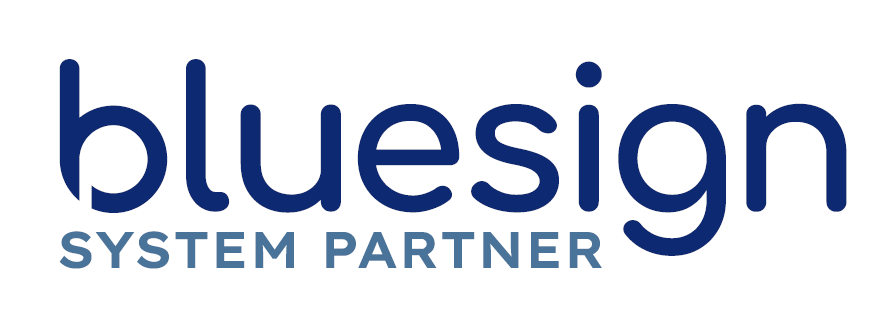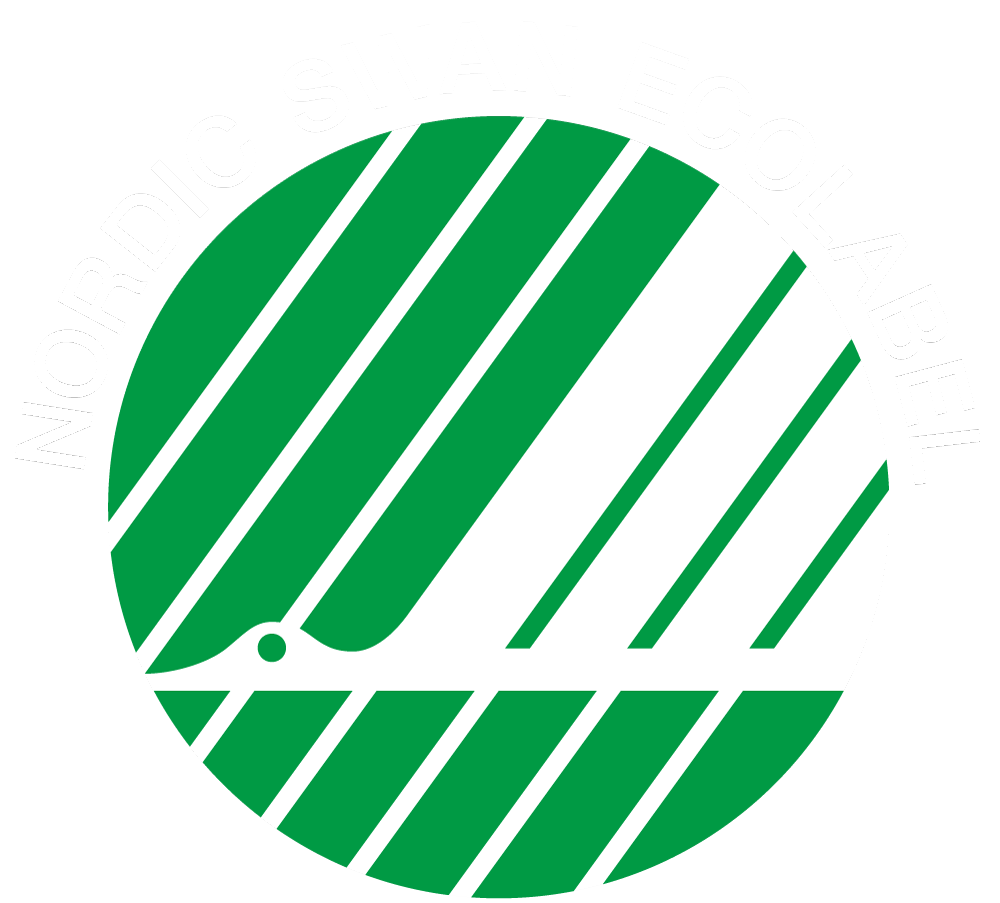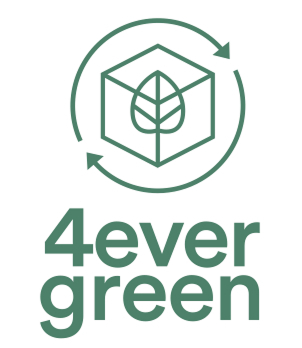Full Value Chain Collaboration - The Fastest Way to Sustainable Packaging
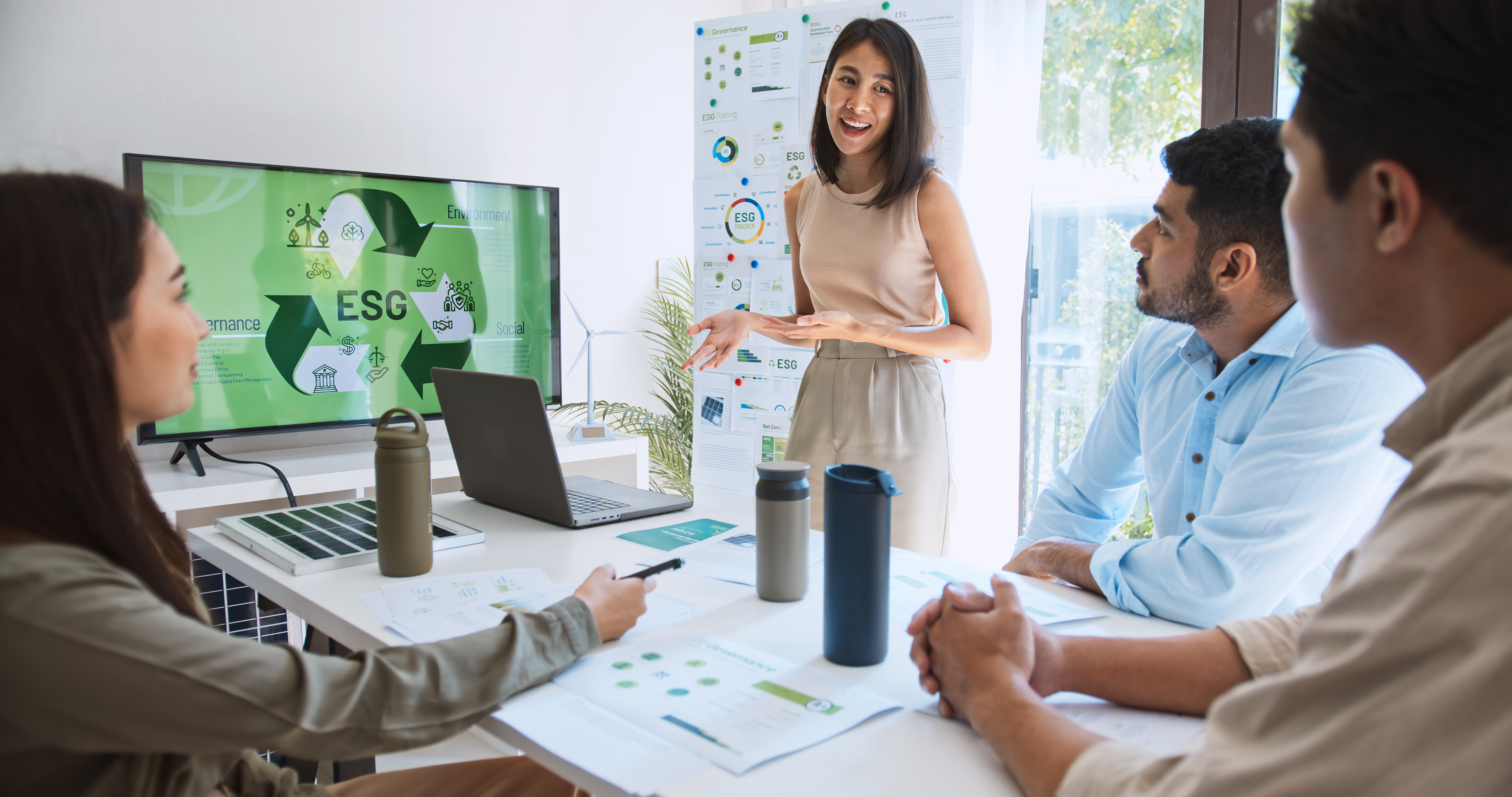
I recently asked a fellow packaging professional for their take on the industry’s progress towards sustainable packaging. The answer — “It’s rather like building a plane while you’re flying it” — succinctly captures the prevailing combination of complexity and urgency that all players in the value chain are faced with. There’s much to do in a limited time.
With the effects of climate change apparent to all, sustainable production and consumption are top priorities for all industries, including packaging, a global industry whose products billions of consumers encounter on an almost daily basis. Consumers exert pressure on brands to adopt more sustainable packaging, and brands in turn pass the pressure up the supply chain — to the specialty material producers, materials processors, converters, printers, distributors, and recyclers.
Added force

These pressures are given added force by legislation and regulation that encourages — and, increasingly, mandates — progress towards a circular packaging model in which reliance on virgin fibers is reduced in favor of using recycled, renewable and compostable materials.
Let’s review two examples, from the US and Europe. In the US the federal Break Free From Plastic Pollution Act (BFFPPA)[1] aims to improve recycling and hold manufacturers responsible for waste management. At a state level similar measures are coming into force, with California typically prominent — mandating that by 2032 all packaging in the state must be recyclable or compostable, and transferring responsibility for waste management to producers. In Europe, the Packaging and Packaging Waste Directive (PPWR)[2] demands that all packaging be recyclable by 2030 and recycled at scale by 2035. This directive sets mandatory recycled content levels for specific forms of packaging. Measures like these, from economic powerhouses, have real traction — the PPWR is enforceable across all 27 member states — and will have a ‘ripple effect’ throughout the value chain and around the globe. They also set relatively short timescales.
Uncertainty
Things are further complicated by uncertainty, because legislation is still taking shape (this is where the ‘building the plane while flying it’ analogy comes in). PPWR, in particular, still has moving parts, and while delegate acts will clarify matters over time, for now there are many open questions. Many relate to substances of very high concern. We know the writing is on the wall for PFAS (Per- and Polyfluoroalkyl Substances), the large 15,000[3] group of synthetic ‘forever chemicals’ used widely since the 1950s and subsequently found to be responsible for multiple adverse health impacts. These are to be phased out within the next two years, but beyond that, we don’t yet know how broad or deep the legislation and the delegate acts will be for other substances of concern, and we have to wait until December 2026 to find out.
Collaboration is essential
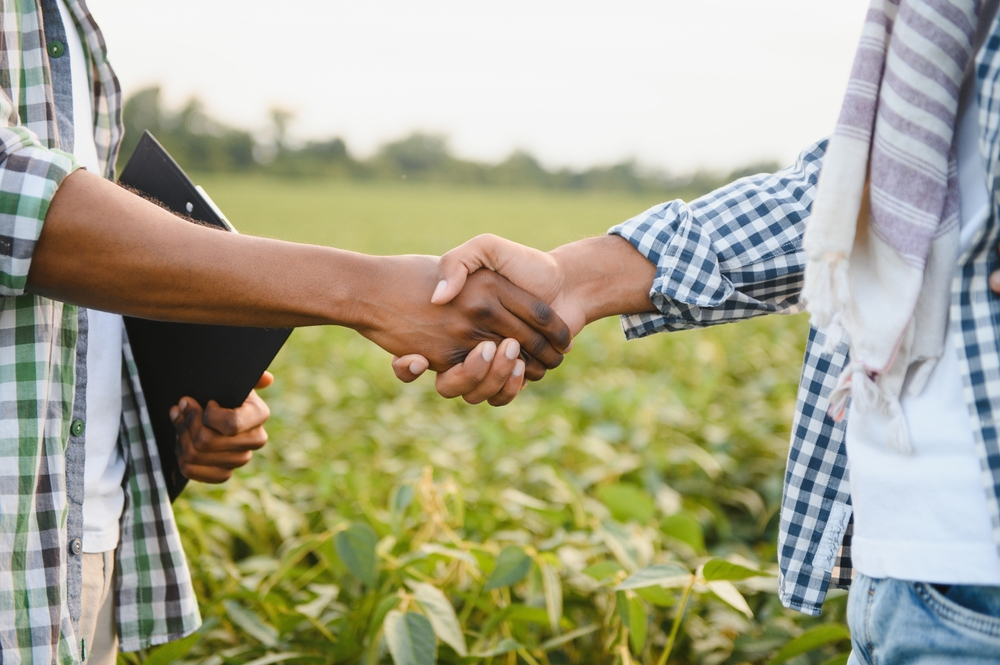
If the industry is to meet the sustainability targets that consumers, brands and regulators demand, collaboration throughout the packaging value chain is essential. For businesses used to competing, and protective of their IP, joining forces with competitors is quite a leap, but the fact is that collaboration is the only way to achieve sustainability in time and in scale. Put simply, no one nation, government or company alone commands the resources to achieve what’s needed within the deadlines regulators are setting. This isn’t to say that single players, working independently, can’t innovate, but what’s needed now is to introduce market-moving changes quickly, rather than incremental improvements over time. The more the industry works together, the faster change will happen.
Learning from EVs
Moving from competing to collaborating takes effort, and a new mindset, but when it happens it can bring about innovation relatively quickly. For a recent example, look at the supply of battery materials to the electric vehicle (EV) industry. In the beginning, before 2010, EVs were manufactured in limited quantities by what were then regarded as niche manufacturers, such as Tesla and Nissan. Batteries were expensive, had limited ranges, and were mostly manufactured by third-party suppliers, giving the EV makers limited control.
A decade and a half later, the landscape is very different, thanks to collaborative partnerships that accelerated the take-up of EVs. EV makers and battery makers combined forces to develop high-performance, cost-effective batteries. Joint ventures and research initiatives between EV makers, material suppliers and universities improved battery energy density, longevity and charging speed. Of critical importance, were partnerships between EV makers, battery manufacturers and mining companies to secure a stable supply of critical materials like lithium, nickel and cobalt.
Collaborating to innovate in packaging

To get an idea of how full value chain collaboration for more sustainable packaging looks, consider what each participant is seeking, and how other participants meet the different requirements. Consumers turning away from plastic want more fiber-based solutions, as is evidenced by the trends towards paperization. In turn, brands commit to provide on-shelf solutions that satisfy consumer expectations and offer similar performance to plastic. To deliver those solutions to brands, converters need materials to help them achieve sustainability goals and meet KPIs, and paper mills need support to extend their use of virgin fiber and develop new applications. Finally, chemistry (water- and bio-based) provides the all-important platform underlying everything, closing the circular packaging model.
There is one other player with an important role in the collaborative venture: academia, which facilitates and accelerates innovation by connecting the dots between all the value chain players. A good example of this is the Sustainable and Alternative Fibers Initiative (SAFI) research consortium established in the US by North Carolina State University. Founded in 2022, SAFI is described as “a global university-industry partnership effort focused on researching, developing, and utilizing alternative fibers to manufacture a myriad of sustainable products.” Archroma Packaging Technologies is one of over 20 global entities partnering with SAFI across the fiber, packaging, tissue and textile markets.
Crucial role for chemistry
Archroma Packaging Technologies’ membership of SAFI reflects chemistry’s crucial role in the collaborative drive for sustainability. Chemistry is tasked with overcoming any performance limitations in alternative fibers, ‘functionizing’ them in order to provide performance akin to that of plastic wherever possible. Chemistry is a key enabler and powerful driver of circularity, coming into play at every step of the value chain. At the pulp mills, chemistry keeps the machines running, strengthening virgin fibers and reducing downtime and waste. At the paper makers, chemistry meets the challenges of using recycled fibers. At the packaging converters, it helps create packaging that balances sustainability with performance. Finally, at the recyclers, chemistry enhances fiber recovery.
Chemistry has another vital function. I noted earlier the global nature of the packaging industry, spanning five continents and billions of consumers. Such a grand scale poses significant challenges for fiber-based packaging and sustainable solutions, including water-based chemistries, because the properties of fiber and water change from region to region: fiber from eucalyptus in Brazil differs from fiber from pine wood in North America. In addition, customer applications are unique, and papermakers have different capital expenditures and different timeframes for ROI, which means the papermaking machinery differs too — the machinery manufacturers aren’t going to make expensive incremental changes to machines to deal with fiber and water from different sources. This vividly illustrates the vital role of chemistry in smoothing out variations and making it possible to produce fiber-based packaging solutions at scale, around the world.
Collaboration all around

Initiatives such as SAFI are evidence that the industry realizes the importance of collaboration throughout the value chain. There are other examples: in our social media feeds and the news section in any recent issue of the packaging industry media there are regular announcements of partnerships between major converters and specialty materials developers. These are symptomatic of a collapsing of the value chain in the packaging industry, as a united industry-wide effort enriches previously uncoordinated, business-by-business efforts at innovation.
To return to the ‘build the plane as you fly’ analogy I opened with, when weather conditions change en route, it’s the job of the navigator to change the flight plan. In the packaging industry, evolving regulations, changing customer demands and the emergence of new alternative materials are the equivalent of ‘weather conditions’ and the navigators are partners that can deliver innovative solutions to challenges at each step of the packaging value chain. For our customers around the world, Archroma Packaging Technologies fulfils this navigator role, understanding what’s happening in the market and developing chemistry to minimize turbulence on the approach to the ‘landing zone’ — a sustainable, efficient packaging ecosystem.
[1] https://www.merkley.senate.gov/wp-content/uploads/2023/10/BFFPPA-Summary-_branded_FINAL.pdf
[2] https://environment.ec.europa.eu/topics/waste-and-recycling/packaging-waste_en
Archroma are proud members and/or partners with the following organizations

